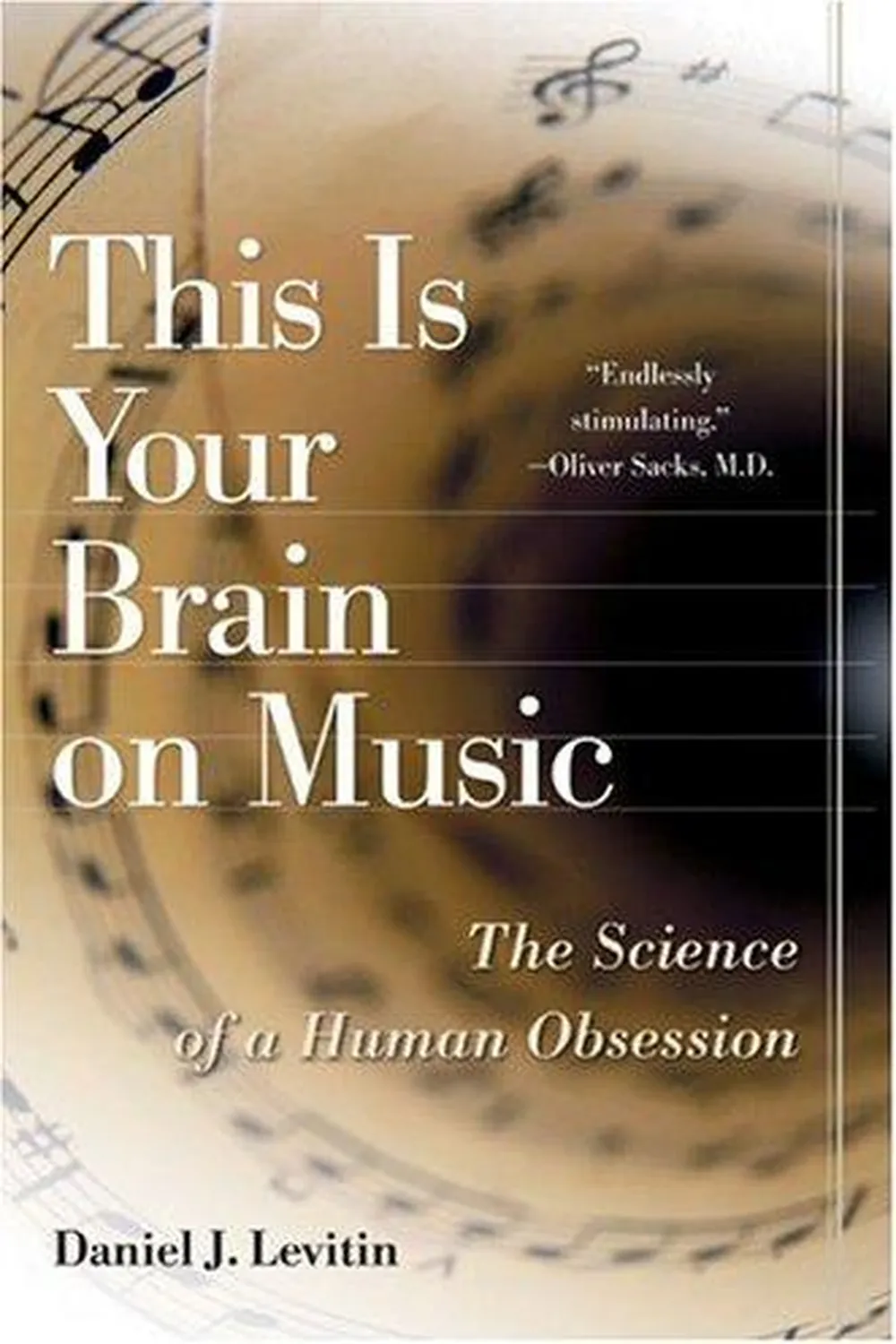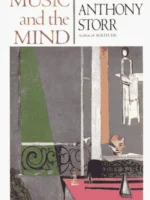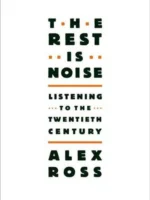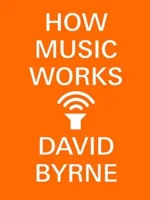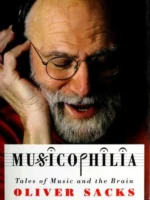This Is Your Brain on Music Review
This Is Your Brain on Music by Daniel J. Levitin explains how brains parse rhythm, pitch, and timbre—and why that feels like emotion and meaning. It is cognitive neuroscience translated for musicians and listeners.
Overview
Levitin covers auditory pathways, temporal and pitch processing, memory, expertise, expectation, and reward. He relates theory to everyday listening and performance, connecting lab results to studio and stage.
Summary
Music recruits distributed systems: timing in cerebellum/basal ganglia, pitch in auditory cortex, patterns in frontal areas, reward in dopaminergic circuits. Expectation and violation drive pleasure; practice rewires perception and motor control; timbre and microtiming cue genre and groove. Case studies tie perception to production choices.
Authors
Daniel J. Levitin is a neuroscientist and former producer. He writes accessibly, with careful caveats about what brain scans can and cannot show.
Key Themes
Predictive processing; plasticity through practice; embodiment of rhythm; emotion as expectation management.
Strengths and Weaknesses
Strengths: clear linkage from lab to listening; practical insights for performers and producers. Weaknesses: some early-neuroscience generalizations are simplified; imaging studies age quickly. Use as a conceptual primer.
Target Audience
Musicians, audio engineers, educators, and listeners curious about the “why” behind musical feelings.
Favorite Ideas
Expectation violations as goosebumps; expertise narrowing perceptual thresholds; timbre as a cognitive shortcut to style.
Takeaways
Music works by training and then teasing prediction systems. Practice sculpts perception; arrange and mix to steer expectations and reward.

